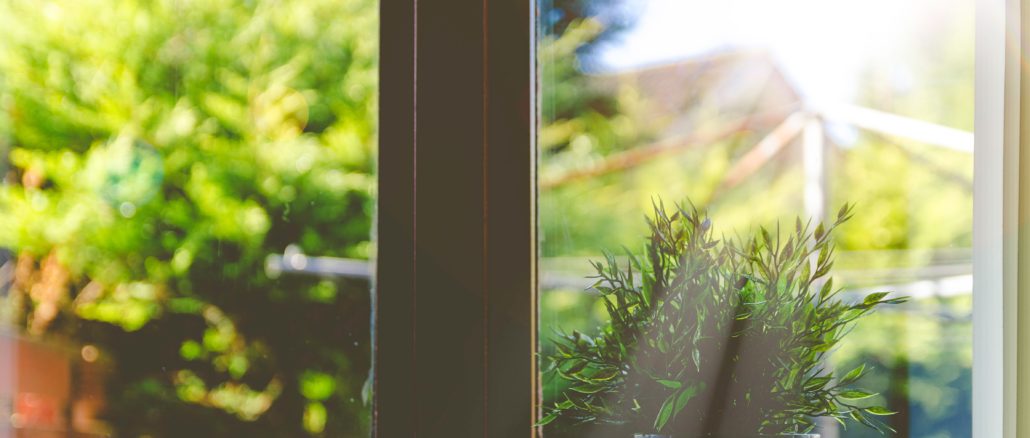
As we enter the cooler months and the days shorten, it’s no longer quite so easy to soak up the sun’s rays. That typically means a drop in the level of vitamin D in your body.
So, should you worry if you’re not getting as much sunlight as you did over summer?
A vitamin, by definition, is something that we get in small amounts from the food we eat. But vitamin D is a bit different, according to an article on the ABC Health and Wellbeing program compiled by James Bullen.
It’s a vitamin — in the sense that we can get it in small amounts from food — but our main source of vitamin D is actually through the synthesis of it in our skin.
To add to that, it’s also sometimes called a pre-hormone — because it’s converted to a hormone in the kidneys and acts to regulate part of the body’s function, like a hormone does.
Vitamin D’s identity crisis aside, this molecule is important for its role in enhancing the small intestine’s ability to absorb calcium from our food, which is vital for bone strength. It also plays a role in keeping our muscles functioning.
Low levels of Vitamin D can cause:
- Rickets — a childhood disease in which the bones soften and can become deformed. In adults, the condition is called osteomalacia.
- Osteoporosis — thinning of the bones. Osteoporosis is a major risk factor for hip fractures, especially in the elderly.
- There’s also some evidence that low levels of vitamin D predispose to some cancers — especially cancer of the breast, colon and prostate.
A number of foods contain vitamin D — among them fish, eggs, mushrooms that have been exposed to UV, and margarine (it’s mandatory in Australia to add vitamin D to margarine).
But these foods aren’t nearly enough to give us adequate vitamin D, according to the experts.
“In Australia, it’s actually very hard to get more than about 5 or 10 per cent from most food, because we don’t have fortification — added vitamin D — to many things, unlike the Americans,” said Professor Rebecca Mason, a vitamin D expert from the University of Sydney’s Bosch Institute.
Our main source of vitamin D is from the sun. The interaction of Ultraviolet B (UVB) rays from the sun with a steroid in our skin produces vitamin D.
Health authorities around the world differ on how much vitamin D we need. According to the Australian-New Zealand guidelines, we should have a blood level of vitamin D of at least 50 nanomoles per litre.
But since our levels vary over the year, with our exposure to the sun in different seasons, this is really an average figure. Sometimes we will have levels higher or lower than this.
In fact, because your vitamin D can be stored over months, you can “stock up” during the summer — say by getting your levels up to 70 nanomoles per litre — to keep some in reserve for winter, Professor Mason said.
The best parts of the day to get your sun exposure in summer is the mid-morning or mid-afternoon. And you need to spend enough time — but not too much time — in the sun.
“For most people with Caucasian-type skin that’s in the order of five to 15 minutes,” Professor Mason said.
“For people with very fair skin, it’s less than that and for people with darker skin, it can be quite a few more minutes than that.
“And that presupposes you’ve got the equivalent of your arms exposed and you do this most days of the week.”
In winter, it depends on where you are in Australia. For those in the north, the advice above remains the same, except that it’s better to get out in the sun around noon.
For the southern states, it can be trickier to catch enough rays because you tend to be all covered up — but even going for a brisk stroll with your arms exposed can be of benefit, Professor Mason said.
“The aim should always be to get out there, get a little bit of fresh air, a little bit of sunlight before you start to cover up.”
Part of the reason health authorities differ over how much vitamin D they recommend we have is because they must weigh the benefits of sun exposure against the risk of skin cancer.
“A little bit of sunlight is good — too much is undoubtedly bad for you because of the effect on skin cancers, including melanoma, but other cancers as well,” Professor Mason said.
SheSociety is a site for the women of Australia to share our stories, our experiences, shared learnings and opportunities to connect.

Leave a Reply